The Legacy of Alan Turing
In the cannon of scientific history, few names evoke as much reverence and fascination as Alan Turing. His contributions to mathematics, logic, cryptography, and computer science are not only ground-breaking but have left an indelible mark on the trajectory of human progress. As we delve into the intricacies of Turing’s life and work, we uncover not just the brilliance of a mind far ahead of its time but also the tragic consequences of a society unable to comprehend his genius.
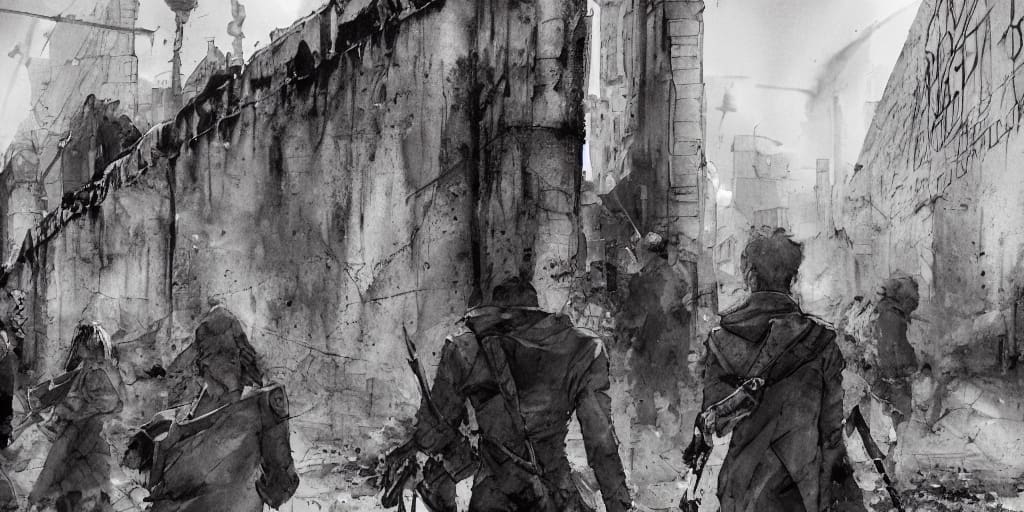
Table of Contents
Alan Turing’s Early Life
Alan Turing’s early life provides a fascinating glimpse into the formative years of one of the 20th century’s most brilliant minds. Born on June 23, 1912, in Maida Vale, London, Alan Mathison Turing exhibited signs of exceptional intelligence from a young age.
Raised in a middle-class family, Turing’s aptitude for mathematics and science quickly became apparent. He attended the well-regarded Sherborne School, where his talent for mathematics was nurtured and encouraged by his teachers. It was here that Turing’s fascination with logic and problem-solving first took root, laying the groundwork for his future achievements in the field of computer science.
After completing his secondary education, Turing went on to study mathematics at King’s College, Cambridge, where he quickly distinguished himself as a gifted mathematician. He was particularly drawn to the work of mathematicians such as Gödel and Church, whose insights into the foundations of mathematics would profoundly influence his own thinking.
*All Book Images Open a New tab to our Bookshop
**If you buy books linked to our site, we get 10% commission from Bookshop.org, whose fees support independent bookshops
It was during his time at Cambridge that Turing began to explore the concept of computability, laying the theoretical groundwork for what would later become known as the Turing machine. This hypothetical device, capable of executing any algorithmic computation, represented a revolutionary leap forward in our understanding of the nature and limits of computation.
Turing’s early academic achievements caught the attention of his professors and peers, earning him recognition as one of the most promising young mathematicians of his generation. After graduating from Cambridge with top honours in 1934, Turing was awarded a fellowship to continue his studies at Princeton University, where he further honed his skills in mathematical logic and cryptography under the guidance of leading experts in the field.

Turing’s formative years were not without their challenges, however. His unconventional thinking and unorthodox approach to problem-solving sometimes clashed with the academic establishment, and he was known for his eccentricities and idiosyncrasies. Yet, it was precisely this willingness to challenge convention and think outside the box that would ultimately set Turing apart and lead to his ground-breaking contributions in the fields of mathematics, logic, and computer science.
In short, Alan Turing’s early life was characterized by a prodigious intellect, insatiable curiosity, and a passion for solving complex mathematical problems. From his humble beginnings in Maida Vale to his formative years at Cambridge and Princeton, Turing’s journey laid the foundation for his future achievements and cemented his place as one of the preeminent figures in the history of science and technology.

Enigma Machine
However, it was during World War II that Turing’s genius truly came to the fore. Recruited by British intelligence. Turing’s pivotal role in deciphering encrypted German communications during World War II cannot be overstated. At the heart of the German military’s communication network was the Enigma machine, a complex encryption device that scrambled messages into seemingly unintelligible code. The Enigma was thought to be unbreakable, its encryption changing with every keystroke, presenting an insurmountable challenge to Allied code breakers.
However, Turing’s extraordinary mathematical and cryptographic abilities proved to be instrumental in cracking the Enigma code. Alongside a team of brilliant minds at Bletchley Park, including mathematicians, engineers, linguists, and chess champions, Turing set about devising a method to decipher the seemingly unbreakable code.
Revolutionising Code Breaking
One of Turing’s key contributions was the development of the Bombe, a machine designed to automate the decryption process. Inspired by the Polish “Bomba,” Turing and his team refined and expanded upon the concept, creating a device capable of rapidly testing possible Enigma settings to determine the correct configuration. The Bombe revolutionised code breaking efforts, vastly accelerating the decryption process and providing Allied forces with crucial intelligence on German military movements and plans.
Turing’s mathematical insights were also instrumental in developing new cryptographic techniques to counter the ever-evolving Enigma encryption. His methodical approach to problem-solving, coupled with his deep understanding of mathematics and logic, enabled him to devise innovative strategies for breaking the Enigma code, often thinking several steps ahead of his adversaries.

The success of Turing and his colleagues at Bletchley Park in deciphering Enigma-encrypted messages had a profound impact on the course of the war. By intercepting and decoding German communications, Allied forces gained critical insights into enemy strategies, troop movements, and supply lines, enabling them to anticipate and counter German offensives with unprecedented precision. Historians estimate that the intelligence gleaned from Enigma decrypts shortened the war by several years, saving countless lives and hastening the Allied victory.
Turing’s contributions to breaking the Enigma code remained shrouded in secrecy for decades after the war, owing to the classified nature of his work at Bletchley Park. It was only in the latter half of the 20th century that the full extent of Turing’s role in the Allied code breaking effort began to emerge, solidifying his reputation as one of the greatest cryptanalysts in history.
Post-War Life
Alan Turing’s post-war life was marked by both professional accomplishment and personal turmoil, culminating in tragedy and persecution that marred his legacy.
Following his instrumental role in the war effort at Bletchley Park, Turing continued to make significant contributions to the fields of mathematics and computer science. He joined the National Physical Laboratory in 1945, where he worked on the development of early computers and programming languages, laying the groundwork for the digital revolution that would follow in the decades to come.
Conflict with the Law
However, despite his professional successes, Turing’s personal life was fraught with challenges. In 1952, Turing’s homosexuality brought him into conflict with the law, as homosexual acts were then criminalized in the United Kingdom. Turing’s relationship with another man led to charges of “gross indecency,” the same offence for which Oscar Wilde had been prosecuted decades earlier.
Facing the prospect of imprisonment, Turing chose instead to undergo chemical castration, a barbaric practice intended to suppress his sexual desires. The treatment took a devastating toll on Turing’s physical and mental health.
Tragically, Turing’s suffering did not end there. In 1954, at the age of just 41, he was found dead in his home, having ingested a lethal dose of cyanide. His death was ruled a suicide, a desperate act born of despair and anguish.
Devastating Impact of Bigotry
The persecution and prosecution of Alan Turing represent a dark chapter in the history of LGBTQ+ rights and a poignant reminder of the devastating impact of bigotry and discrimination. Turing’s brilliance and contributions to science should have been cause for celebration, yet he was instead subjected to persecution and condemnation simply for being true to himself.
It was not until decades later that Turing’s unjust treatment was officially acknowledged and redressed. In 2009, then-Prime Minister Gordon Brown issued a formal apology on behalf of the British government, recognizing the “appalling” treatment Turing had endured. In 2013, Turing was granted a posthumous pardon by Queen Elizabeth II, a belated acknowledgment of the injustice inflicted upon him.
The Human Cost of Prejudice and Discrimination
While these gestures of reconciliation offer some measure of closure, they cannot undo the harm that was done to Turing or erase the pain and suffering he endured. Turing’s tragic fate serves as a stark reminder of the human cost of prejudice and discrimination, and as a call to action to continue the fight for equality and justice for all.
Alan Turing’s post-war life was marked by professional achievement and personal tragedy. His persecution and prosecution for his homosexuality cast a shadow over his legacy, highlighting the systemic injustices that marginalized communities continue to face. As we reflect on Turing’s life and work, let us not only celebrate his contributions to science and technology but also remember the human cost of intolerance and bigotry, and rededicate ourselves to building a more inclusive and equitable society.
The injustice inflicted upon Turing serves as a stark reminder of the perils of societal prejudice and discrimination. In a world that should have celebrated his contributions, Turing was instead vilified for his sexual orientation, a fact that casts a long shadow over his legacy.
Shaping the World We Inhabit Today
Alan Turing’s influence on the world we inhabit today extends far beyond his ground-breaking work in cryptography and code breaking during World War II. His insights and innovations laid the foundation for the digital age, shaping the course of modern computing and technology in profound ways.
Turing’s most enduring contribution to computer science is undoubtedly the concept of the Turing machine, a theoretical device capable of simulating any algorithmic computation. This theoretical framework provided a blueprint for the design and development of electronic computers, serving as the intellectual cornerstone of the digital revolution.
Moreover, Turing’s work on artificial intelligence (AI) continues to reverberate throughout the field of computer science and beyond. In his seminal paper “Computing Machinery and Intelligence,” Turing proposed the eponymous Turing Test as a measure of a machine’s ability to exhibit intelligent behaviour indistinguishable from that of a human. While the Turing Test remains a subject of debate and criticism, it laid the groundwork for the development of AI and machine learning algorithms that underpin a wide range of applications, from virtual assistants and chabots to autonomous vehicles and facial recognition systems.
Cryptography and Cyber Security
Turing’s influence also extends to the realm of cryptography and cyber security. His pioneering work in breaking the Enigma code not only played a decisive role in Allied victory during World War II but also established the importance of cryptography in safeguarding sensitive information and communications. Today, encryption algorithms and protocols based on principles first elucidated by Turing are used to secure digital communications, financial transactions, and data privacy on a global scale.
Furthermore, Turing’s contributions to the development of early computers and programming languages laid the groundwork for the digital infrastructure that powers our modern world. From the invention of the Turing machine to the creation of the first high-level programming language (the Automatic Computing Engine, or ACE), Turing’s insights and innovations paved the way for the proliferation of computing technology and its integration into virtually every aspect of contemporary society.

The Pursuit of Knowledge
Beyond his technical contributions, Turing’s legacy is also a testament to the power of human ingenuity and the pursuit of knowledge. His willingness to challenge conventional wisdom and explore uncharted intellectual territory exemplifies the spirit of scientific inquiry and innovation that drives progress and discovery.
Alan Turing‘s impact on the world we inhabit today is both profound and far-reaching. His pioneering work in computer science, cryptography, and artificial intelligence laid the foundation for the digital revolution and continues to shape the course of technological advancement. As we encounter the complexities of the digital age, Turing’s legacy serves as a guiding light, inspiring us to push the boundaries of what is possible and harness the power of technology for the betterment of humanity.
Alan Turing’s legacy
Alan Turing’s legacy is a testament to the power of human ingenuity and the resilience of the human spirit. His contributions to science and technology have reshaped the world in profound ways, yet his story also serves as a cautionary tale of the dangers of prejudice and intolerance. As we celebrate Turing’s achievements, let us also reflect on the injustices he endured and rededicate ourselves to creating a world that values diversity and embraces the full potential of every individual, regardless of their background or identity.


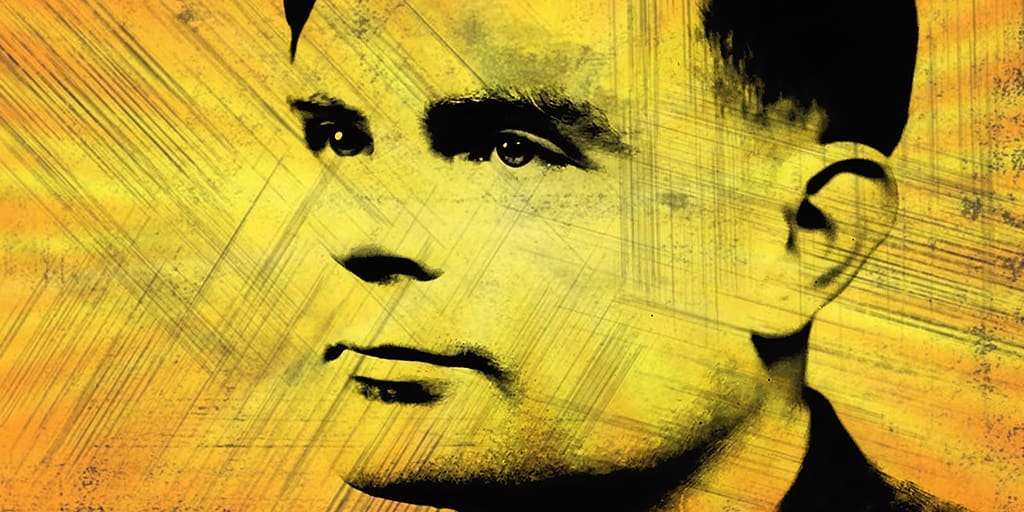



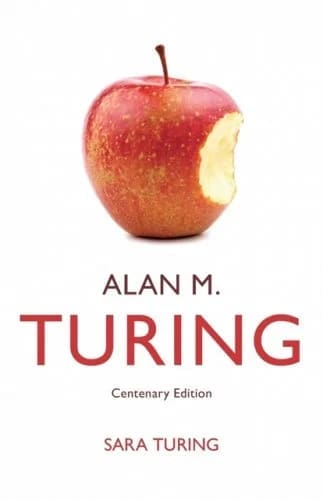










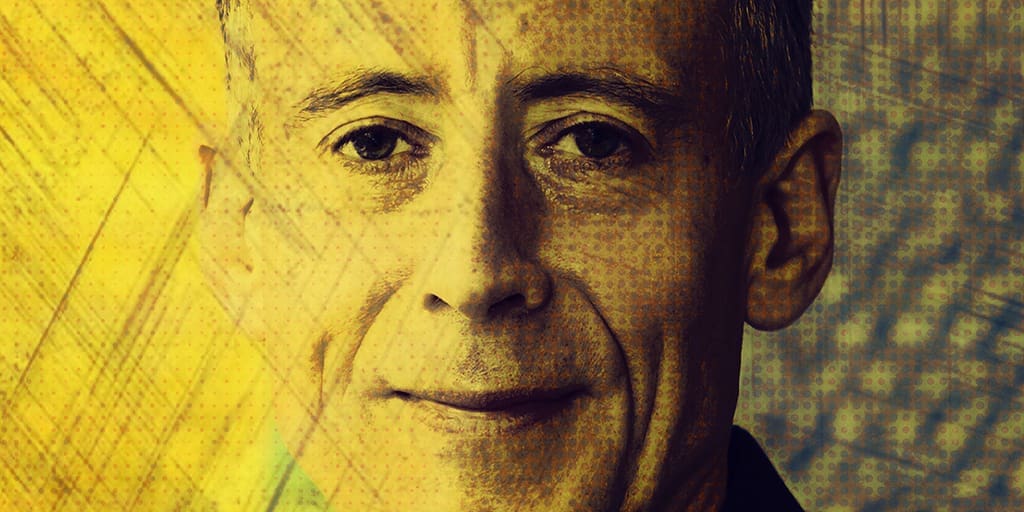








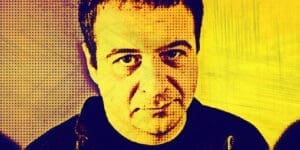
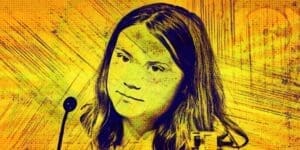













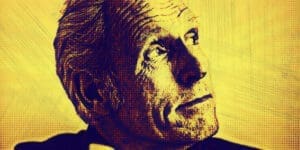



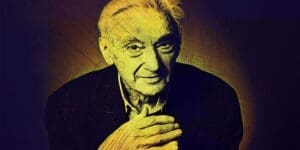

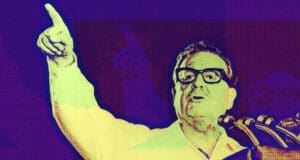




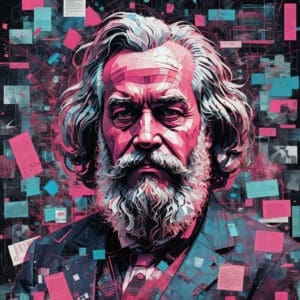
What do you think?